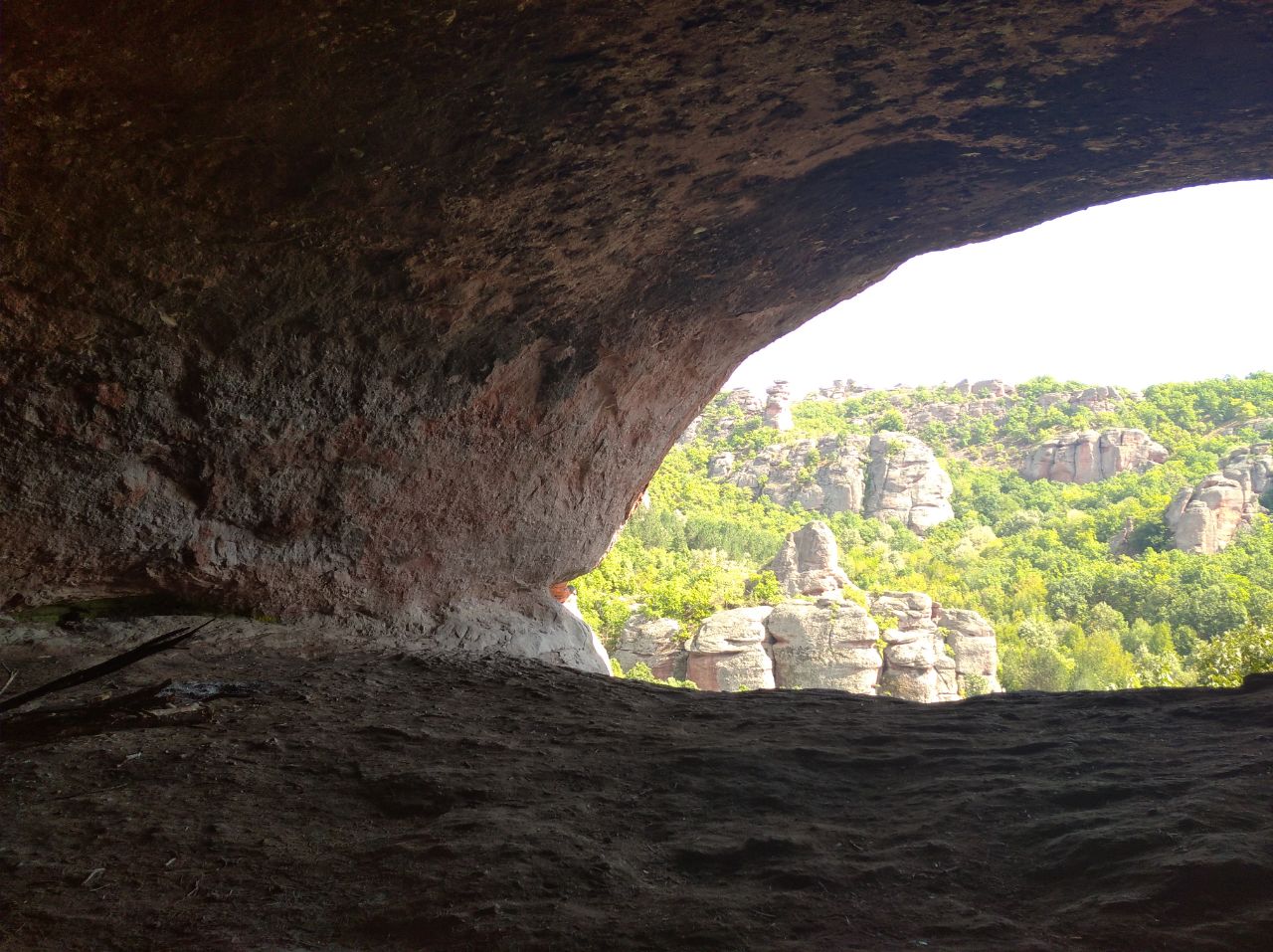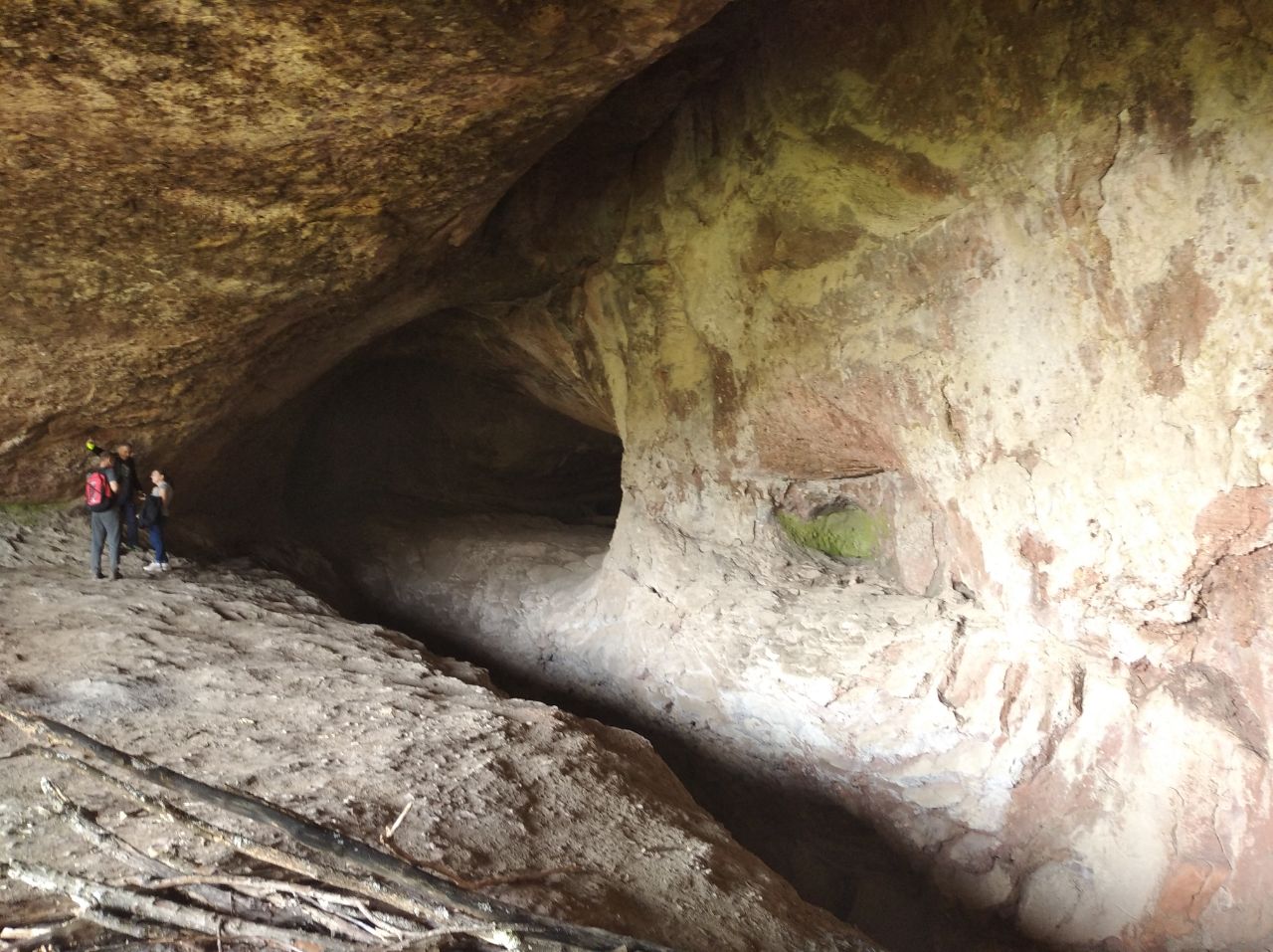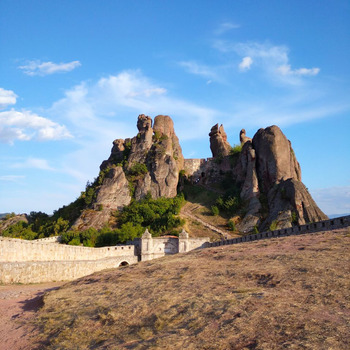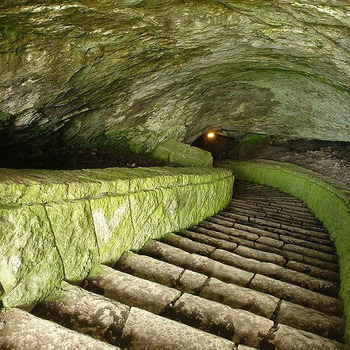Lepenitsa Cave, Belogradchik
Overview
Lepenitsa Cave is located 4 km from Belogradchik in the Markashtnitsa area. The cave is considered to be part of the natural phenomenon of the Belogradchik rocks and is probably at an age close to that of the formations. Its walls are painted in the same brownish-reddish color. Like Magura, the cave is horizontal and open for transitions in the bowels of the earth, and the entrance chamber is intersected on two floors. According to estimates, it is 8000-8500 years old, and the oldest artifacts found in it are about 7000 years old. The interest in the geological processes, as well as in the archeological heritage buried under the earth layers, led numerous scientists forward through the mouth of Lepenitsa. The first studies were started by prehistoric specialist Vasil Mikov, who studied the caves in the area. At this first stage, fragments of clay and tools were found. Additional excavations were conducted in the early 60's by Ivan Balkanski (from the Historical Museum of Belogradchik) - these excavations shed light on the findings of Vasil Mikov. Drilling has been done and fragments of pottery, remains of plants and animals have been collected from the halls of the cave, as well as a study of the chemical and mineral composition of the soil. This is the first archaeozoological and archaeobotanical study of the cave. Although flint has not been found in addition to the discovered tiles, paleobotanical analysis has yielded excellent results. When it comes to local fauna, the most numerous are the representatives of domestic animals - seven species of mammals, five of which are domestic, numerous remains of sheep, goats and cattle used daily in the household. Also interesting are the botanical finds - wheat, barley and rye seem to be the most common livelihood in the area, and their abundant presence clearly shows the relationship between the earth and the culture that inhabited it. Traces of plant remains have also been found in the plaster used in the construction of the dwellings, suggesting that the preferred technique was mud masonry. Lepenitsa Cave is also an outstanding example of the geological processes that ruled the area, and its beautiful chambers, colonnades, cobwebs of halls hidden beneath our own layer of land are a magnificent continuation of the visible part of the complex that chose to remain above the surface.
Depending on the route, Lepenitsa Cave can be reached in about 1-1.5 hours.
Recommended
- Kozarnika Cave
- Belogradchik Rocks
- Belogradchik Museum of Natural History
- Belogradchik Historical Museum
- Venetsa Cave


 Bulgarian
Bulgarian Romanian
Romanian



